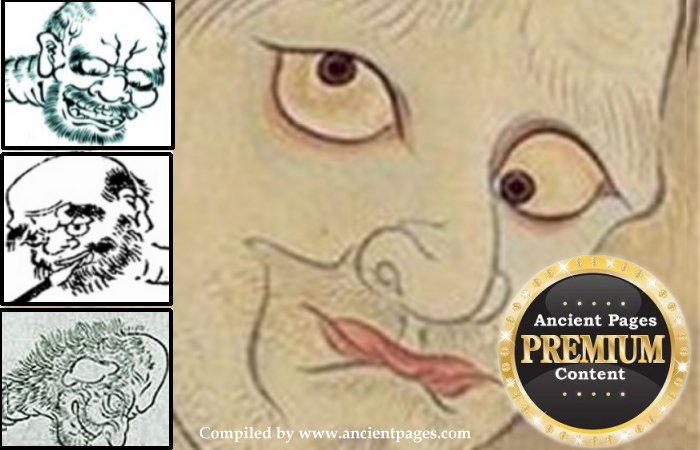Mikoshi-Nyudo: Evil, Bald-Headed And Long-Necked Yokai Goblin In Japanese Folklore
A. Sutherland - AncientPages.com - Traditionally, Japanese folklore is rich in various weird creatures, commonly known as ‘yokai.’ All are fascinating, and each has its own style. Many are loved, and others feared, but all have been part of Japan’s popular culture for centuries.
The Yokai creatures have accompanied people from the Edo period (1603–1868), scroll paintings, woodcuts, books, films, and video games. Throughout history, humans have sought explanations for strange incidents, phenomena, the feeling of an invisible presence, or upsetting dreams. In Japanese folklore, such experiences have been referred to as Yokai.
Today, we present the Mikoshi Nyudo (Mikoshi-nyūdō), a well-known entity in Japanese folklore with a unique characteristic: it can increase its height when humans observe it.
This is a preview of our premium article, which is available only to members of Ancient Pages.
Become a member to read more - Click here
If you are already a member and have logged in to your account, you can access the article here
See also:
Myth Of The Pale Sun Followed By A Catastrophe Confirmed By Archaeologists
Mythical Place Where Gorgon Medusa Dwelled And Was Killed May Have Been Found By Archaeologists
More From Ancient Pages
-
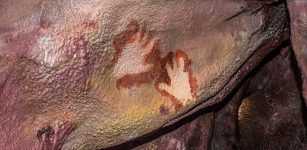 Neanderthals: The Oldest Art In The World Wasn’t Made By Humans
Featured Stories | Jan 17, 2023
Neanderthals: The Oldest Art In The World Wasn’t Made By Humans
Featured Stories | Jan 17, 2023 -
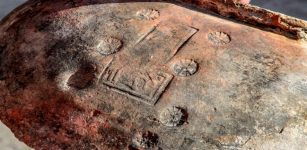 2,500-year-old Saka settlement found in Lake Issyk-Kul: could this be where St Matthew is buried?
Civilizations | Sep 4, 2015
2,500-year-old Saka settlement found in Lake Issyk-Kul: could this be where St Matthew is buried?
Civilizations | Sep 4, 2015 -
 Remote North Atlantic Islands Were Settled By An Unknown Group Of Humans Centuries Earlier Than Thought
Archaeology | Dec 27, 2021
Remote North Atlantic Islands Were Settled By An Unknown Group Of Humans Centuries Earlier Than Thought
Archaeology | Dec 27, 2021 -
 Legendary Brahan Seer Of The Clan Mackenzie (Coinneach) – The Scottish Nostradamus
Featured Stories | Jan 21, 2025
Legendary Brahan Seer Of The Clan Mackenzie (Coinneach) – The Scottish Nostradamus
Featured Stories | Jan 21, 2025 -
 Abundant Hominin Fossils Dating Back 300,000 Years Excavated In Hualongdong (HLD), East China
Evolution | Aug 7, 2023
Abundant Hominin Fossils Dating Back 300,000 Years Excavated In Hualongdong (HLD), East China
Evolution | Aug 7, 2023 -
 Modern Pesticide Accelerates Corrosion Of Ancient Roman Bowl
Archaeology | Oct 6, 2022
Modern Pesticide Accelerates Corrosion Of Ancient Roman Bowl
Archaeology | Oct 6, 2022 -
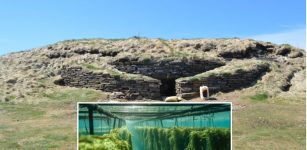 Ancient Europeans Ate Seaweed And Freshwater Plants – Evidence Found
Archaeology | Oct 17, 2023
Ancient Europeans Ate Seaweed And Freshwater Plants – Evidence Found
Archaeology | Oct 17, 2023 -
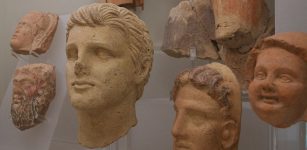 Intriguing Phenomenon Sheds New Light On The Etruscans
Archaeology | Sep 25, 2021
Intriguing Phenomenon Sheds New Light On The Etruscans
Archaeology | Sep 25, 2021 -
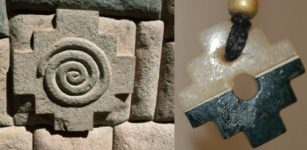 Mysterious Chakana – Sacred Inca Cross And Its Connection To The Southern Cross Constellation
Ancient Symbols | Sep 15, 2018
Mysterious Chakana – Sacred Inca Cross And Its Connection To The Southern Cross Constellation
Ancient Symbols | Sep 15, 2018 -
 Evidence Of The Biggest Ever Solar Storm 14,300 Years Ago – Found In Ancient Tree Rings
Earth Changes | Oct 9, 2023
Evidence Of The Biggest Ever Solar Storm 14,300 Years Ago – Found In Ancient Tree Rings
Earth Changes | Oct 9, 2023 -
 On This Day In History: Supernova Observed In The Constellation Cassiopeia Was Recorded – On August 4, 1181
News | Aug 4, 2016
On This Day In History: Supernova Observed In The Constellation Cassiopeia Was Recorded – On August 4, 1181
News | Aug 4, 2016 -
 Sami God Horagalles Who Ruled Over Rain, Fire And Thunder Hated Evil Spirits
Featured Stories | Feb 11, 2024
Sami God Horagalles Who Ruled Over Rain, Fire And Thunder Hated Evil Spirits
Featured Stories | Feb 11, 2024 -
 4,500-Year-Old Ramp Might Explain How Huge Stones Were Transported To Great Pyramids’ Building Site
Archaeology | Nov 9, 2018
4,500-Year-Old Ramp Might Explain How Huge Stones Were Transported To Great Pyramids’ Building Site
Archaeology | Nov 9, 2018 -
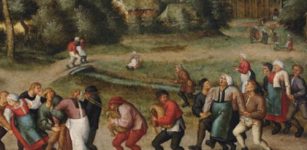 Unexplained Phenomenon Of The Dancing Mania That Occurred During The Middle Ages
Featured Stories | Aug 1, 2014
Unexplained Phenomenon Of The Dancing Mania That Occurred During The Middle Ages
Featured Stories | Aug 1, 2014 -
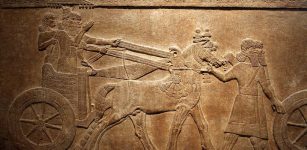 Pax Assyriaca: Important Time For The Neo Assyrian Empire And Surrounding Regions
Ancient History Facts | Aug 11, 2016
Pax Assyriaca: Important Time For The Neo Assyrian Empire And Surrounding Regions
Ancient History Facts | Aug 11, 2016 -
 800-Year-Old Shipwreck Discovered Off Salento Coast, Italy
Archaeology | Dec 30, 2015
800-Year-Old Shipwreck Discovered Off Salento Coast, Italy
Archaeology | Dec 30, 2015 -
 Why Did Vikings Carry Decorative Swords That Were Useless In Combat?
Ancient History Facts | Jun 8, 2024
Why Did Vikings Carry Decorative Swords That Were Useless In Combat?
Ancient History Facts | Jun 8, 2024 -
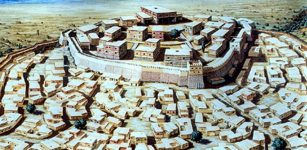 Achilles – Son Of King Peleus And Leader Of The Nereids
Featured Stories | Sep 3, 2015
Achilles – Son Of King Peleus And Leader Of The Nereids
Featured Stories | Sep 3, 2015 -
 Stone Tools In Lapa do Picareiro Cave Reveal Modern Humans Reached Western Parts Of Europe 5,000 Years Earlier Than Previously Thought
Archaeology | Sep 30, 2020
Stone Tools In Lapa do Picareiro Cave Reveal Modern Humans Reached Western Parts Of Europe 5,000 Years Earlier Than Previously Thought
Archaeology | Sep 30, 2020 -
 Has The Body Of Legendary Pirate Black Sam Finally Been Discovered Off The Coast Of Massachusetts?
Archaeology | Feb 17, 2021
Has The Body Of Legendary Pirate Black Sam Finally Been Discovered Off The Coast Of Massachusetts?
Archaeology | Feb 17, 2021

